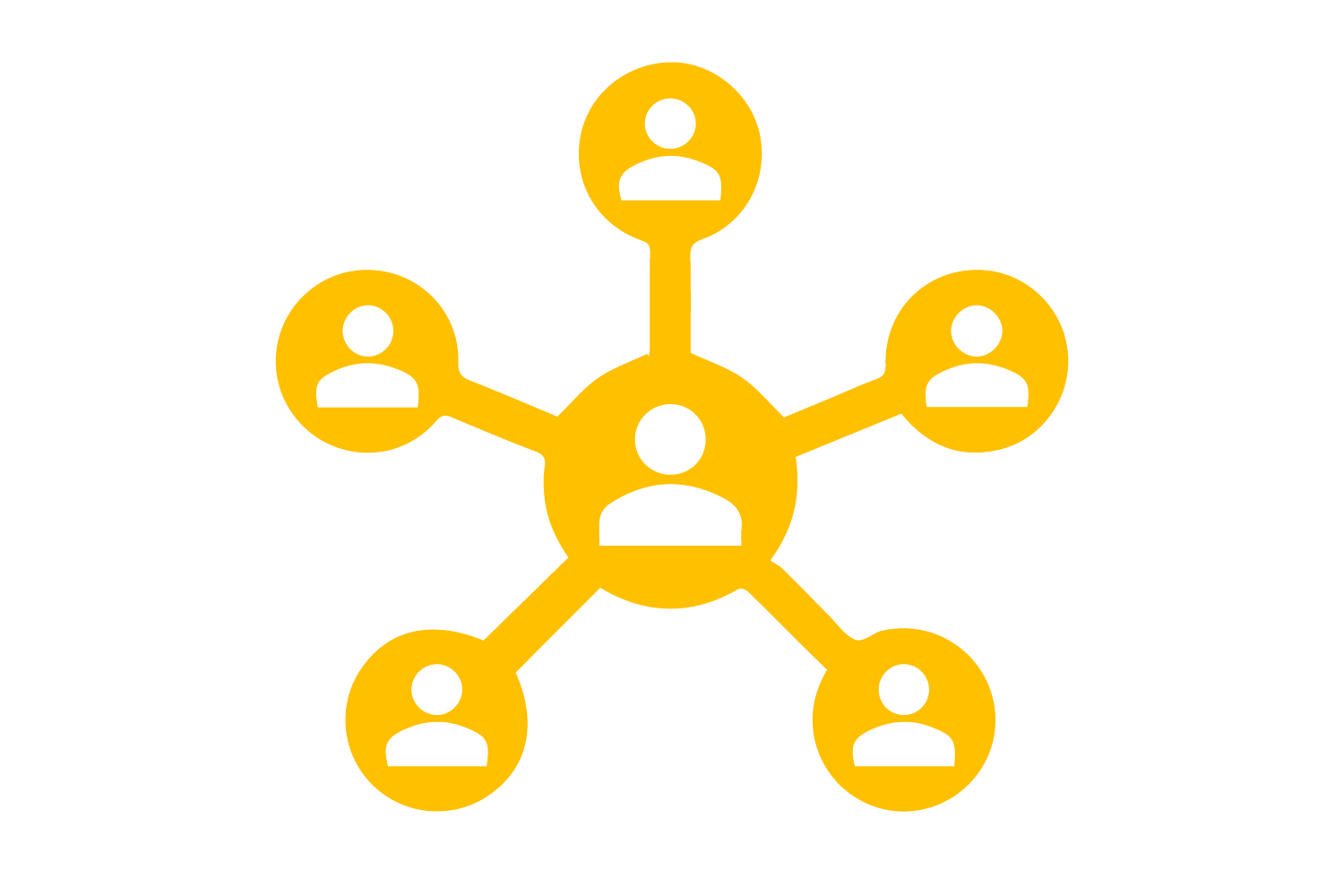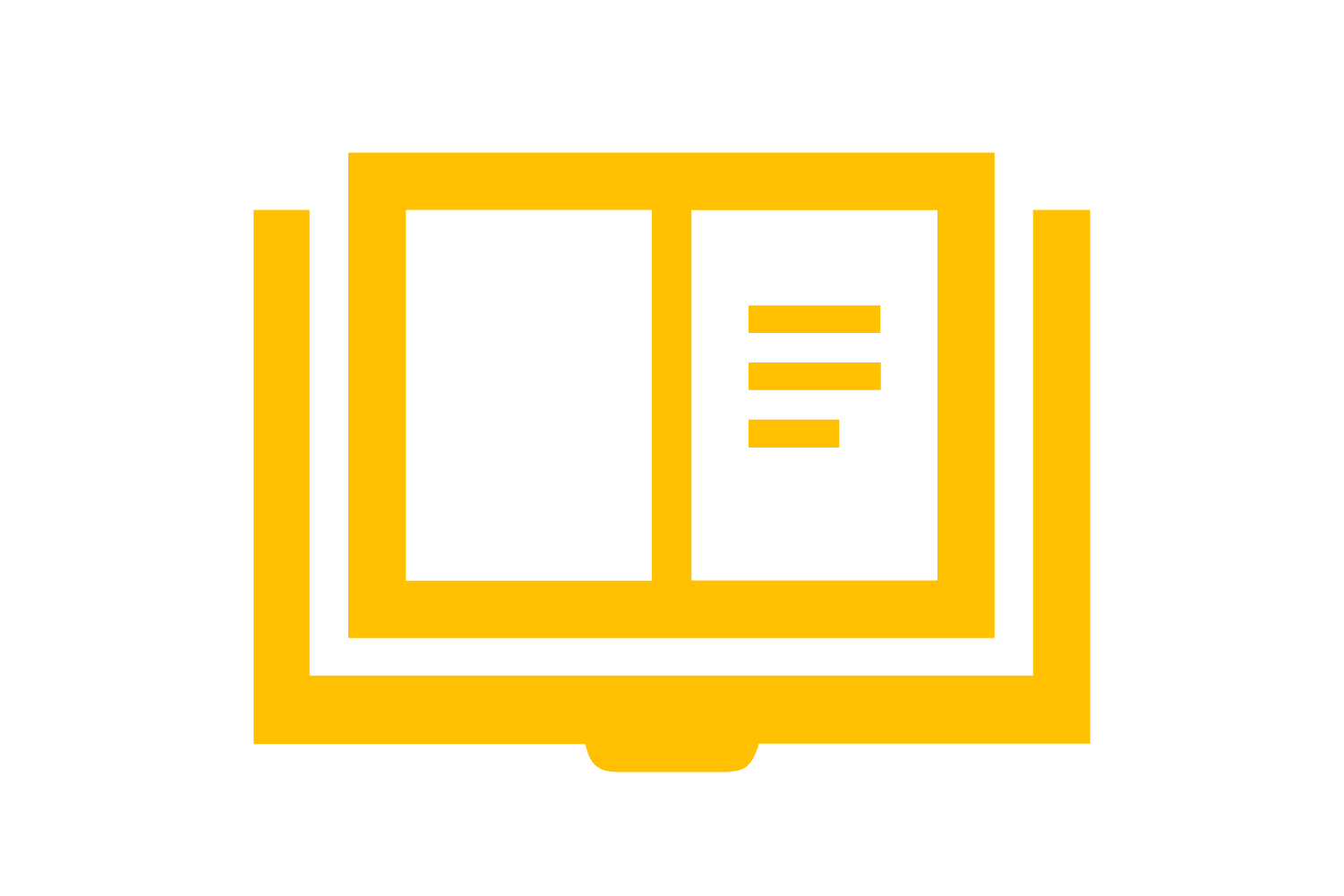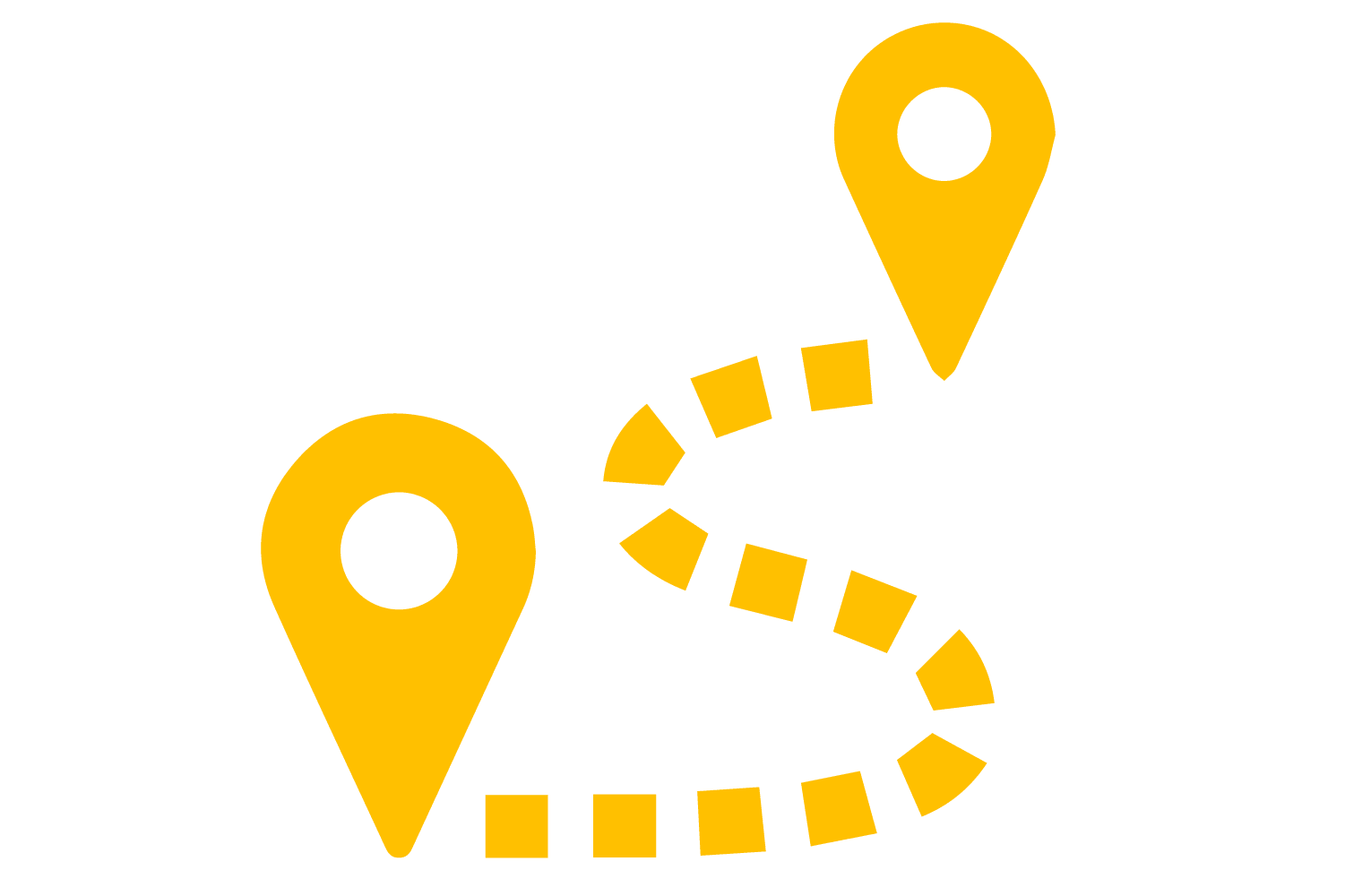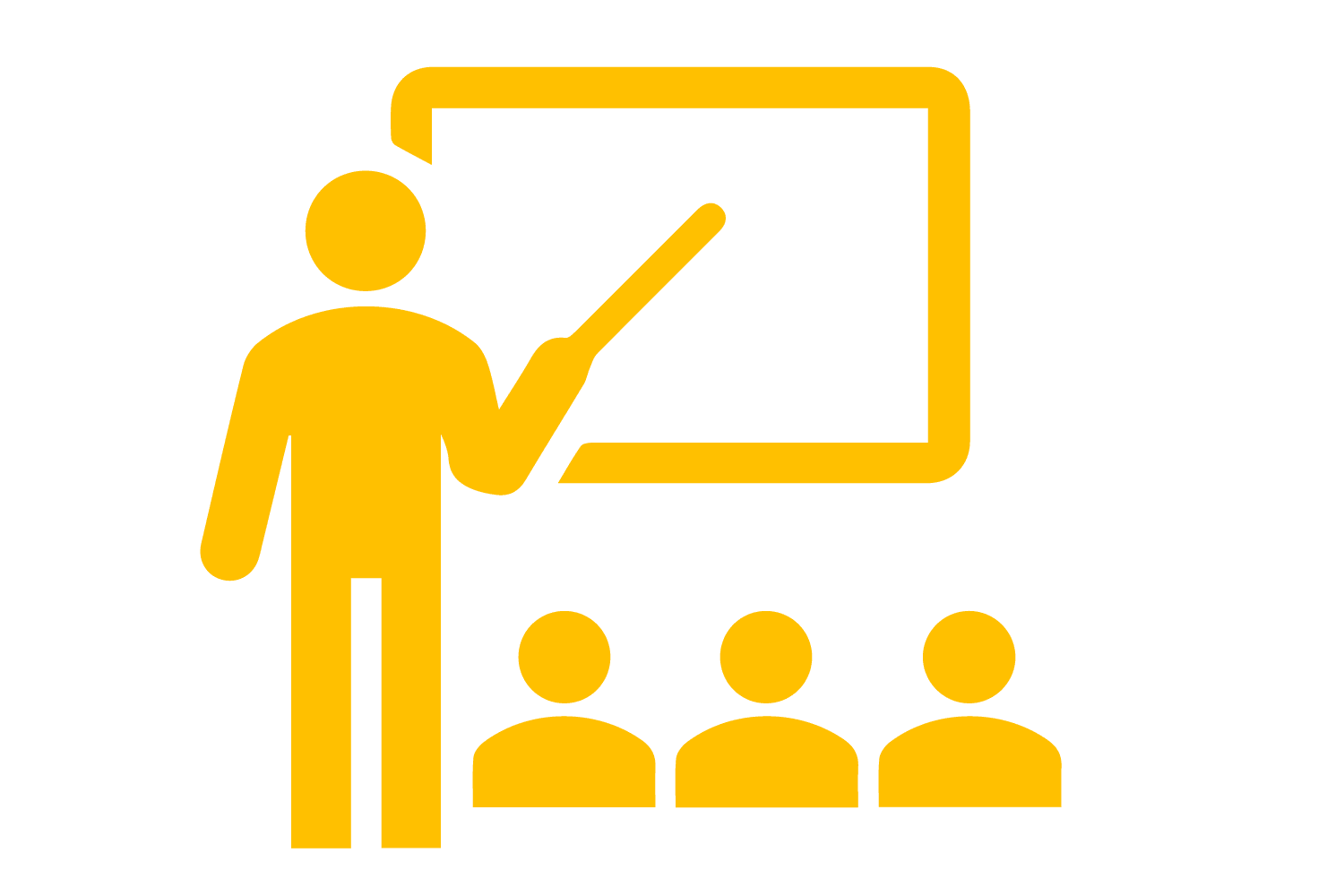How do I begin building my partnerships for the GNL course?
Key Factors to Consider When Choosing a Partner
Motivation for global learning and intercultural understanding
Course/Module/Activity, International Experience, Teaching and Research interests
Location: Time zone, Language and Connectivity (TLC)
Academic context i.e. course/experiential learning, schedules, learning modalities, academic calendars, holidays, etc.
How can the GNL Partnerships Team help you build your collaboration with your Partner?
By selecting the option "I would like assistance finding a partner" in your GNL Project Proposal, the GNL Team will:
- Assist in finding and connecting with a partner who is aligned with your ideas and interests.
- Facilitate introductions and meetings with York University Partners
- Help you establishment of an agreement, if necessary
- Connect you with other faculty pursuing GNL projects
Do I need an agreement for a GNL-Enhanced course?
An agreement is NOT required to start a GNL-enhanced course/module/activity. While tapping York existing partners would be ideal, faculty members can choose to co-design a GNL learning environment with a faculty member from any reputable university. They may be new/potential partners that require an agreement (i.e. establish institutional support or additional resources at their university). If this is the case, York International will help facilitate the establishment of an agreement.
Partnership Tips
- Who could your GNL Partner be?
- Find Your Partner
- Breaking the Ice
- Building Collaborative Partnerships Tips
Who could your GNL Partner be?

GNL Partnership-Matching Form
- To add your own collaboration idea/offer please complete this form: https://yorkinternational.apps01.yorku.ca/machform/view.php?id=878942
- If you have questions about this tool or partner-matching, please contact Helen Balderama, helencb@yorku.ca and Su Nguyen, sunguyen@yorku.ca
300+ York University Partners through York International
- Contact: Helen Balderama, Associate Director of International Partnerships, helencb@yorku.ca
- List of Partners: https://yorkinternational.yorku.ca/global-partnerships/
- Consider the most popular universities for York Students – View the Top 30
SUNY Collaborative Online International Learning (COIL) Network (USA)
- Contact: Mary Forward, Executive Director of COIL, marylou.forward@suny.edu
- the SUNY COIL Network
- the Global Partner Network
Amsterdam University of Applied Sciences (the Netherlands)
- Eva Haug, Coordinator Internationalisation and Senior Lecturer of Intercultural Competence, e.m.haug@hva.nl
- European Association for International Education
Hemispheric University Consortium (HUC)
- Website: thehuc.org
- University of Miami (USA): International Medicine Institute Virtual Observership Program
- Universidad Peruana Cayetano Heredia (Peru): Virtual Mobility And Coil Courses
- Universidad Andrés Bello (Chile): International Certificates
- Tecnologico de Monterrey: Collaboration Offers
Breaking the Ice
If you have identified a Partner and you have their contact information, approach them via email. Consider these questions:
- What are 3 key pieces of information a potential partner should know about you as a professional, a person, and about your teaching?
- What makes you and your course/learning experience an appealingpartner for online international collaborations?
Set a time to meet and discuss further over Video Conference
If you would like introductions to be facilitated by York International, contact Helen Balderama, helencb@yorku.ca and Marierose Talla rtalla@yorku.ca from the GNL Project Team. They will facilitate introductions and set a time to meet.
After identifying a course to be the basis of your GNL project, the next piece to consider is the design of the joint GNL activities with your partner. Consider some of these questions:
- How shall we combine content? (e.g. merged or align syllabi/learning outcomes for the module or activity?)
- Will we develop any new content for the module/activity or can we repurpose?
- Will we have our students generate content?
- Asynchronous and synchronous course activities and components between faculty and students
For assistance with GNL course/curriculum design, get in touch with Lisa Endersby lendersb@yorku.ca and Dominique Scheffel-Dunand, dsdunand@yorku.ca.
Tips to Keep in Mind:
- Be sure to exhibit empathy, curiosity and flexibility. Endeavor towards equality and mutual benefit and be wary of power imbalances.
- Communication is key, be sure to set regular check ins and establish multiple modes of communication. If there is any question or concern, discuss on a call rather than only through emails.
- Contact the GNL Project Team if you need assistance at any point.
- Consider similarities & differences between each partner’s context (e.g. teaching, discipline, institutional type) that may impact GNL collaboration
Addressing Language Proficiency
- Could a bilingual/plurilingual approach be useful and viable for your GNL enhanced learning experience?
- If not, are there ways you could embed your partner’s language(s) to help students gain some awareness of the other language and culture?
- How will you address language and translation issues when (or if) they arise?
- Are there York university colleagues or units who can assist?





